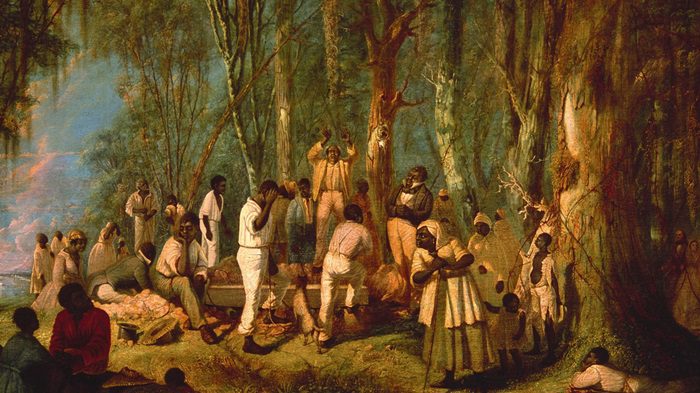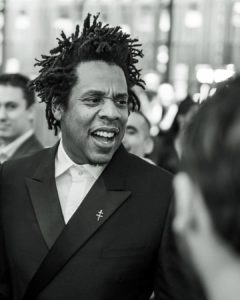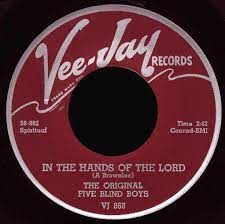By:Kassandra Grullon
Music has a certain power that is able to capture and entice people in a way in which they are able to connect with one another, heal together, and build as a community. In the African and African American communities the power of music is particularly strong and its visible through its people. Music has had a strong influence over the African people and has been passed down through generations to the African American people to serve as a form of expression, a community experience, and as a form of celebration at times when both communities have needed joy or hope. The significant role of music in both communities can be seen through its use at various functions from royal functions, community functions, and religious rituals. The important role of music in the African American community can be seen when studying slavery in the United States. African Slaves would use music to express their feelings during such horrid times, pass time, or relieve boredom. Music was able to capture them and provide them with something to occupy their minds and time.
Both the African and African American Community have similar ways in which music is preformed, created, and experienced. Both communities incorporate the joining of singing, dancing, clapping hands, and the stomping of the feet when performing and creating musical creations. The use of these activities is seen in the creation and performance of Gospel Music, when members of the choir and church perform as a community and join together in rejoicing the Lord. The African Community would use instruments from nature to create their music. Items like wooden sticks, horns , and animal skin would be used to create and later perform music. These instruments were passed down to the African American community and transformed over time with technology. Now the African American Community uses brass instruments and manufactured drums. Both communities incorporate rythmic sounds to create music
Timbre is the tone quality of music which allows listeners to be able to distinguish instruments being used or vocal notes being used throughout a song. The timbre used in African American and African communities differs from those that are used in European communities. The timbre used in African and African American Music is different t because it includes a variety of instruments, screams, shouts, hand claps, foot stomps that gives our African music character and its distinct sound. The European timbre does not incorporate as much collective participation from the crowd or polyrhythms.
Both Videos portray the role music in the African and African American communities from the cotton field to the church the videos show how music brings the community together in song and dance. The videos also portray how both communities use their bodies to as instruments to create their distinctive sound and create music.
Music in African and African American communities is interactive and communal. Both the performer and audience come together as one in moments of celebration, royal functions, or religious and life cycle rituals. The audience and performer can be seen dancing, clapping, and stopping long with the music to create a community experience.
These communal and interactive experiences can be seen through the two most common musical structures found in African and African American music. The two main musical structures are call-and-response and polyrhythms. Call-and-response is a technique commonly used in African and African American music in which the musician offers a phrase and a second player offers a response. In the African American and African communities the second player in the call-and-response technique is usually the audience, who interactively joins the artist in the performing of music. The second most common musical structure I the polyrhythm technique. Polyrhythm is the layering of contrasting rhythms from various melodic instruments that enter at different times in a song. Polyrhythm allows for a song performance to become an communal and interactive experience by allowing for the audience or other musicians to incorporate their own sound to the song and perform together.







